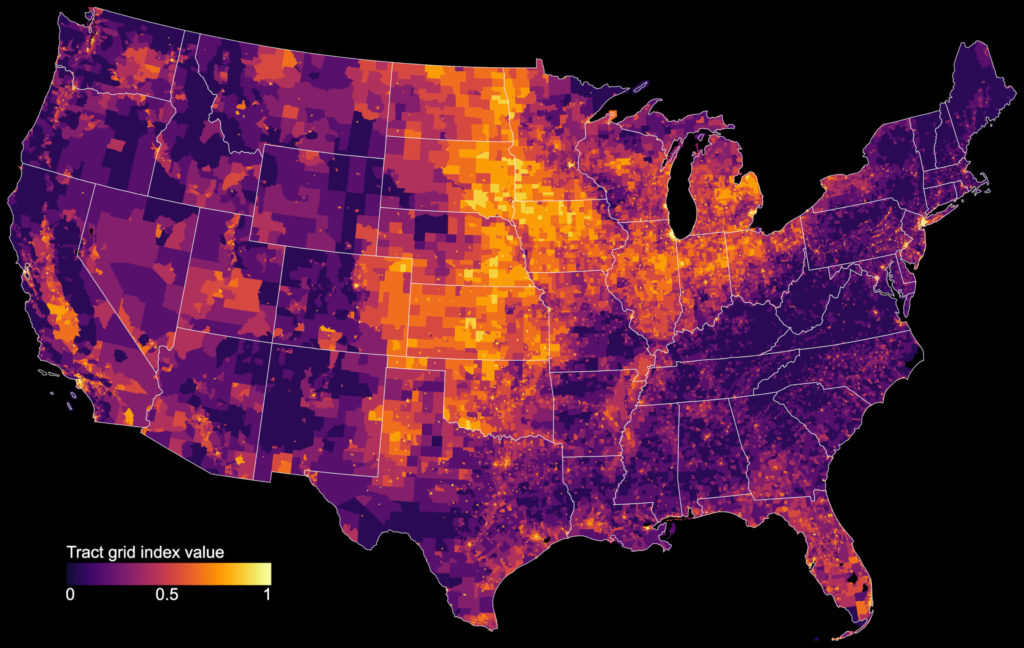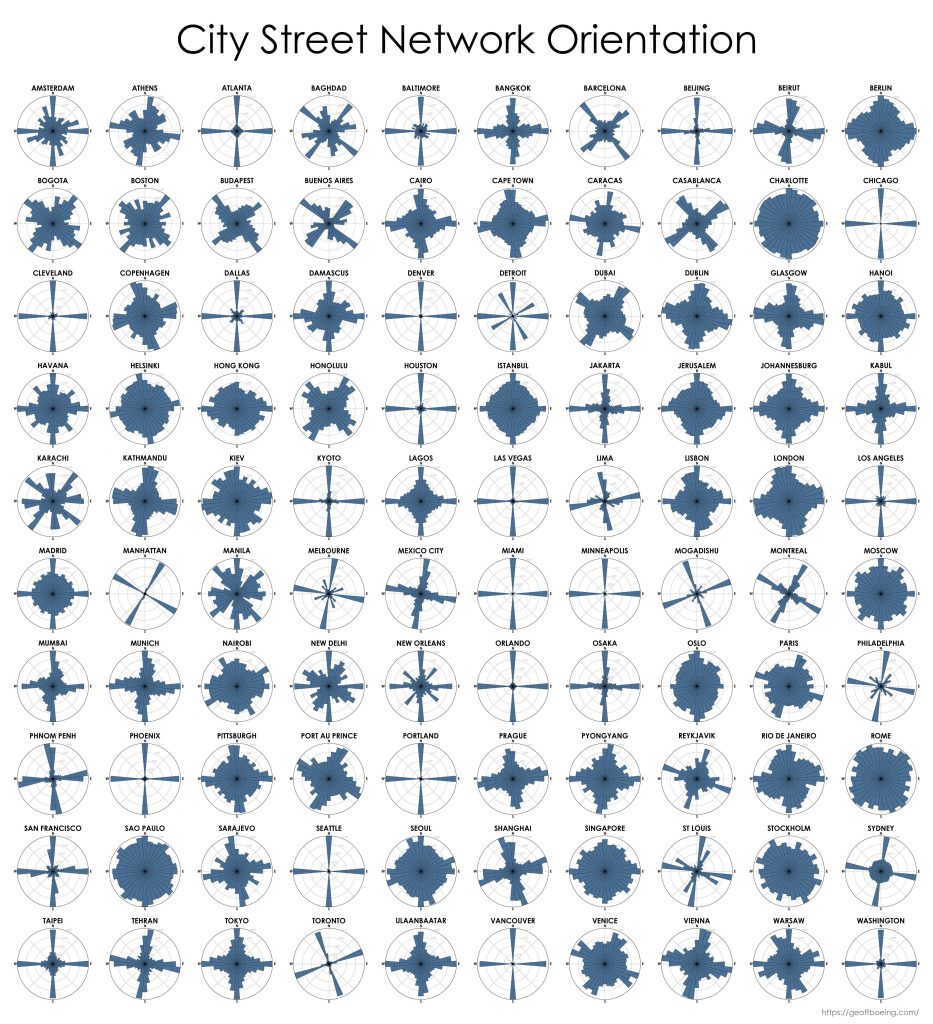I recently coauthored an article titled “A Review of the Structure of Street Networks” with Marc Barthelemy in Transport Findings. On a personal note, Marc has long been a personal hero of mine and was the 2nd most cited author in my dissertation, after Mike Batty (who I also recently had the pleasure of collaborating with).
We review measures of street network structure proposed in the recent literature, establish their relevance to practice, and identify open challenges facing researchers. These measures’ empirical values vary substantially across world regions and development eras, indicating street networks’ geometric and topological heterogeneity.
For more, check out the article.



